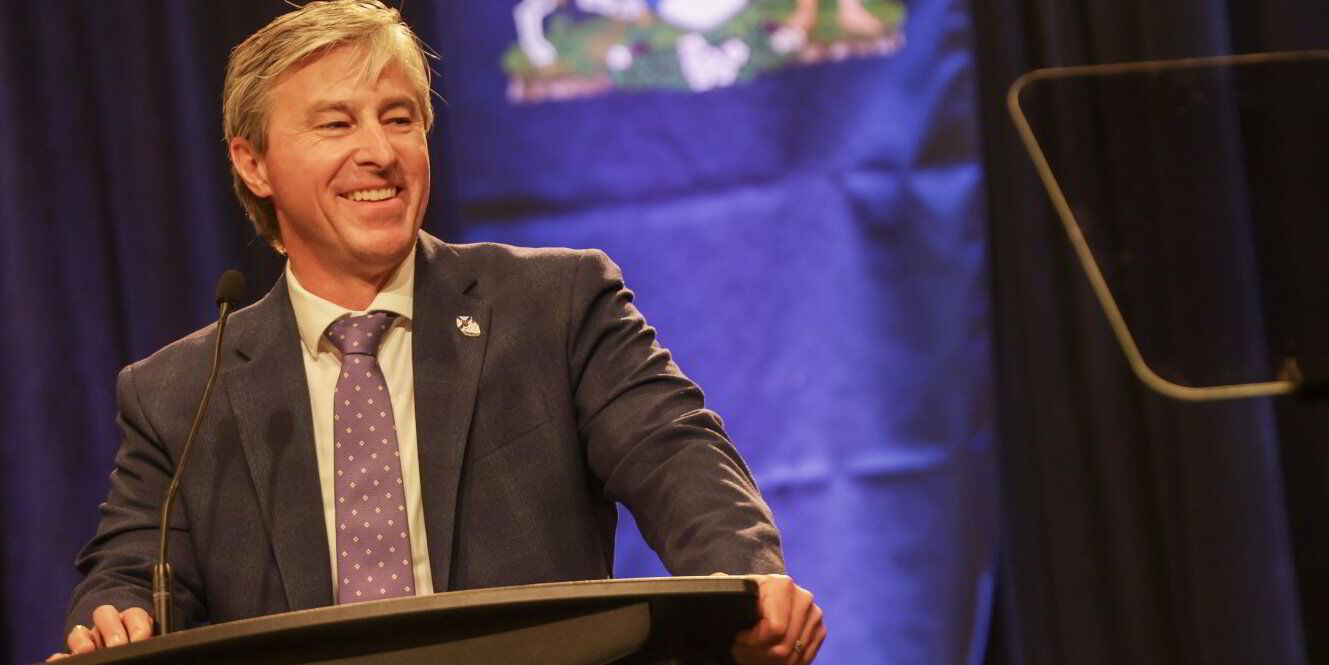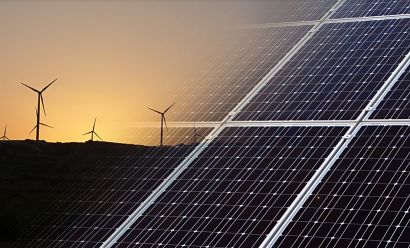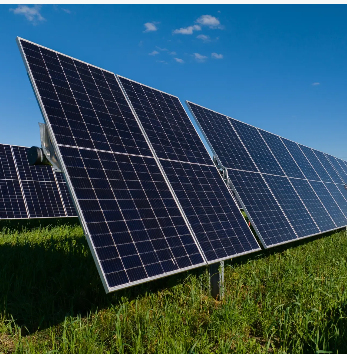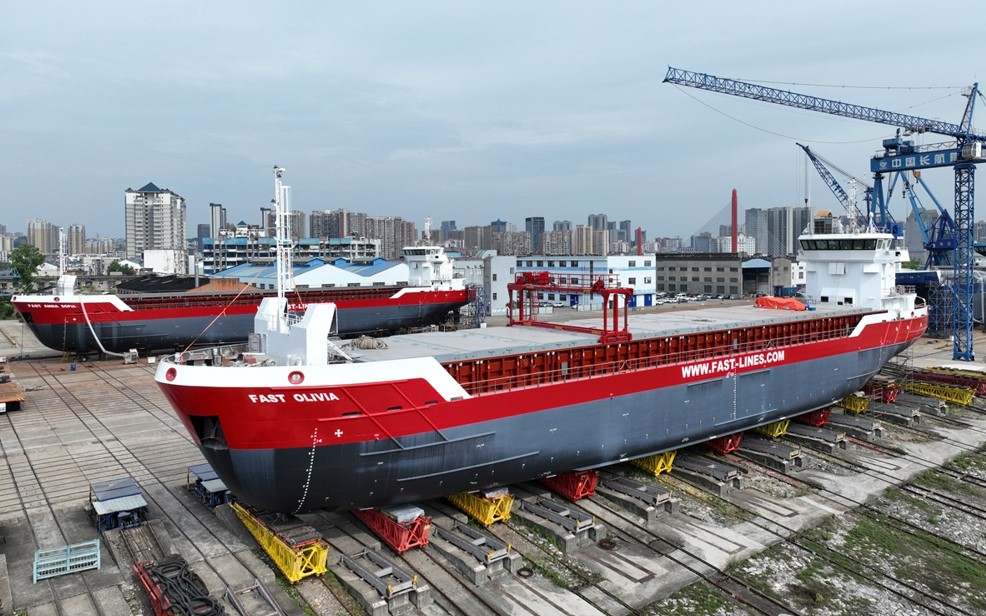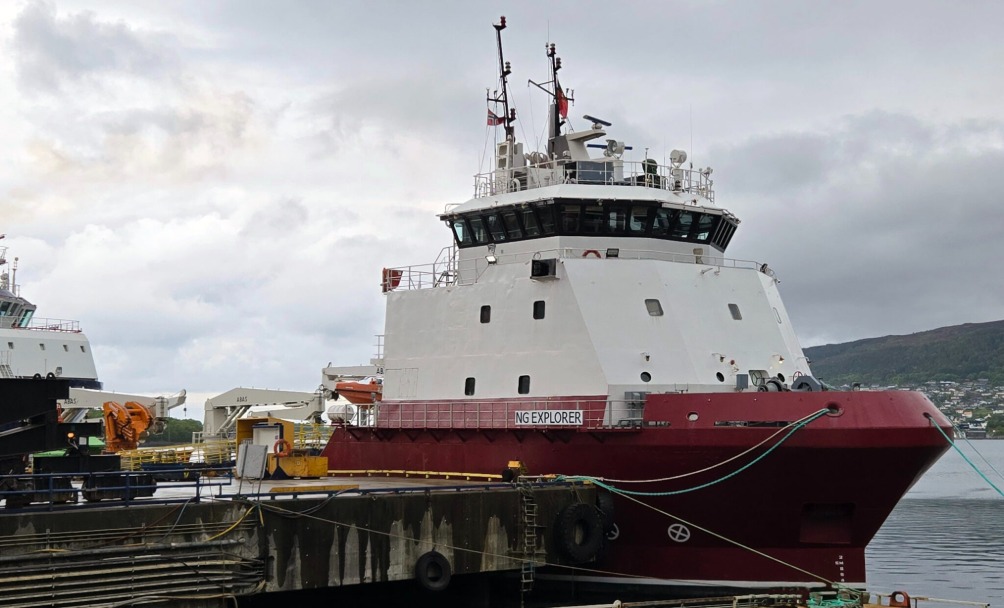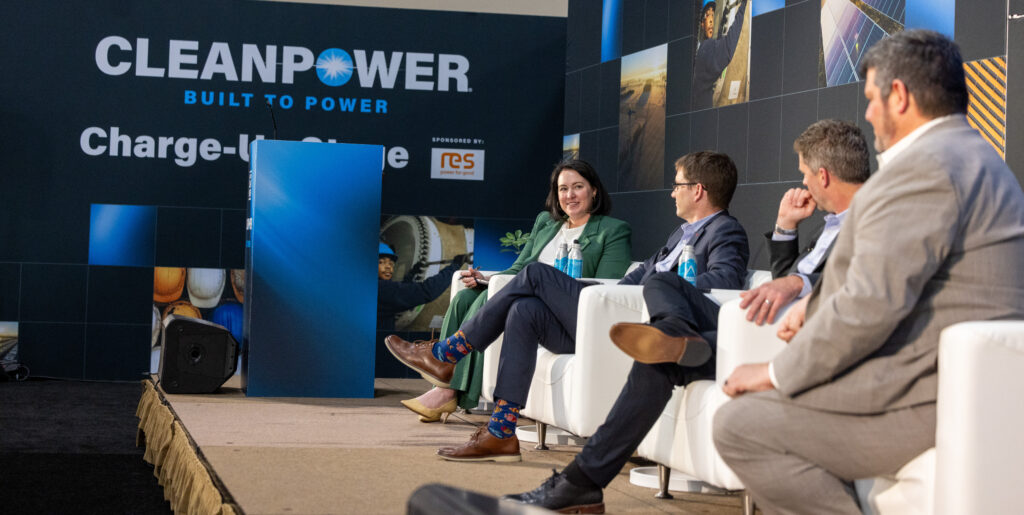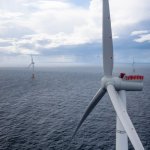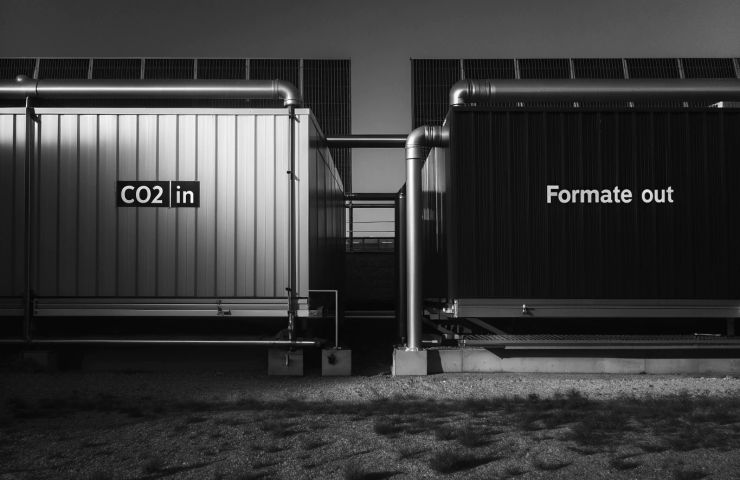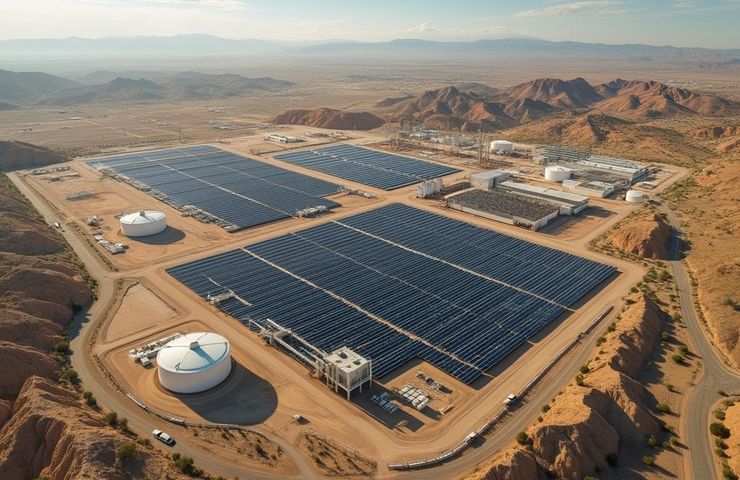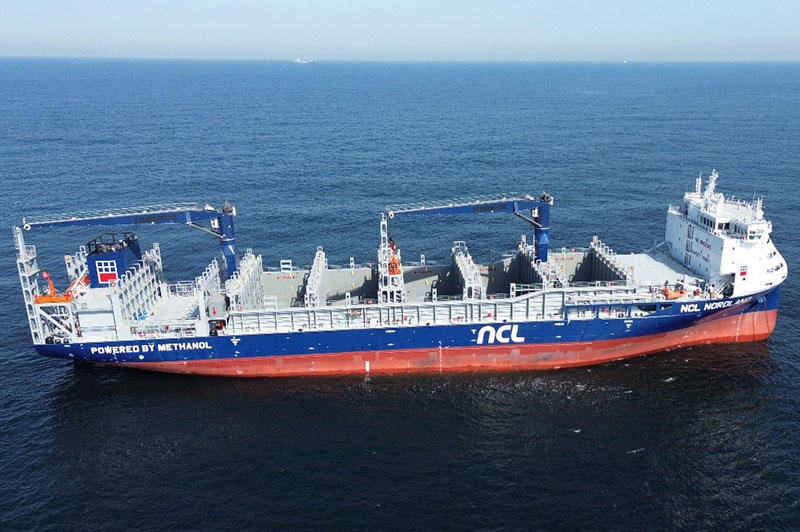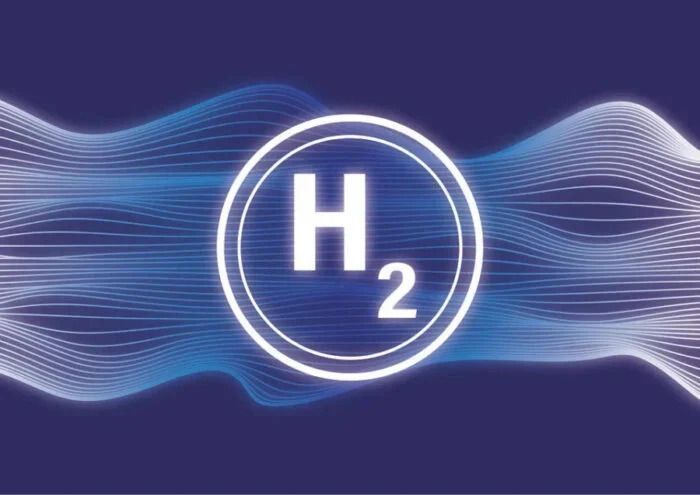Adven, Outokumpu to double heat recovery in Avesta
For over 25 years, steel major Outokumpu in Avesta, Sweden, has delivered waste heat from its Södra Verken steel production facility to the local district heating network in collaboration with the energy group Adven. The amount of recovered heat is expected to double as the parties are investing around SEK 50 million (≈ EUR 4.6 million) in technology that will utilize heat from the annealing furnaces in the cold rolling mill, heat that was previously cooled off and lost.

Once completed, this will mean that waste heat recovery for district heating from the Outokumpu Södra Verken facility will double, from 40 to just over 80 GWh per annum, corresponding to around a third of Avesta’s total heating needs.
In practice, we are reducing our fuel consumption. The new waste heat allows us to reduce the burning of waste and biomass fuels to keep the heat going. This is a resource that already exists and is now providing real benefit instead of being cooled off, said Henrik Johansson Casimiro, SVP Sweden and the Netherlands at Adven.
Efficient use of energy
Thanks to the increased residual heat, the operating time of the solid biomass fuel boilers at Avesta’s district heating plant can be reduced, especially during the summer months when the heat demand is lowest.
Working closely with industry is a main focus for Adven, and it is important for us to utilize the surplus energy available within industry. Being able to do this in Avesta is also particularly pleasing as it further strengthens our position as a company investing in recycled and renewable energy, Henrik Johansson Casimiro added.
This results in an estimated reduction in carbon dioxide (CO2) emissions of approximately 10,000 tonnes per annum.
This increases the flexibility of the energy system, reduces the load on the boilers, and optimizes the use of available energy.
Previously, we had to cool off the heat from our process. In the future, we can instead use it to heat the whole of Avesta more sustainably, as we can deliver larger surpluses to the district heating network. It is a clear example of how industry can contribute to the climate transition, said Rickard Eriksson, Site Manager at Outokumpu in Avesta.
Utilize heat storage
The surplus heat is stored in Avesta’s 750 MWh thermal accumulator tank, which functions as a heat battery. When production exceeds demand, the heat can be stored and then released to the district heating network when the demand increases.
Thanks to the accumulator, we can continue to utilize residual heat even when the district heating network is temporarily unable to accept more. This makes the system smarter and more resilient, explained Henrik Johansson Casimiro.
The new residual heat solution is planned to be put into operation in the spring of 2026. Once it is up and running, Outokumpu’s Södra Verken facility will become an even more central part of Avesta municipality’s energy transition, where residual heat replaces supplied fuels.
We use a high proportion of recycled material, scrap, in our manufacturing. We are continuously working on energy efficiency measures and finding opportunities to use our surplus heat. District heating is a good way to promote circular cycles in society and reduce the consumption of finite resources. Something that we all benefit from. District heating is an important part of the circular economy, and one that we at Outokumpu would like to contribute to, ended Rickard Eriksson.
What's Your Reaction?









